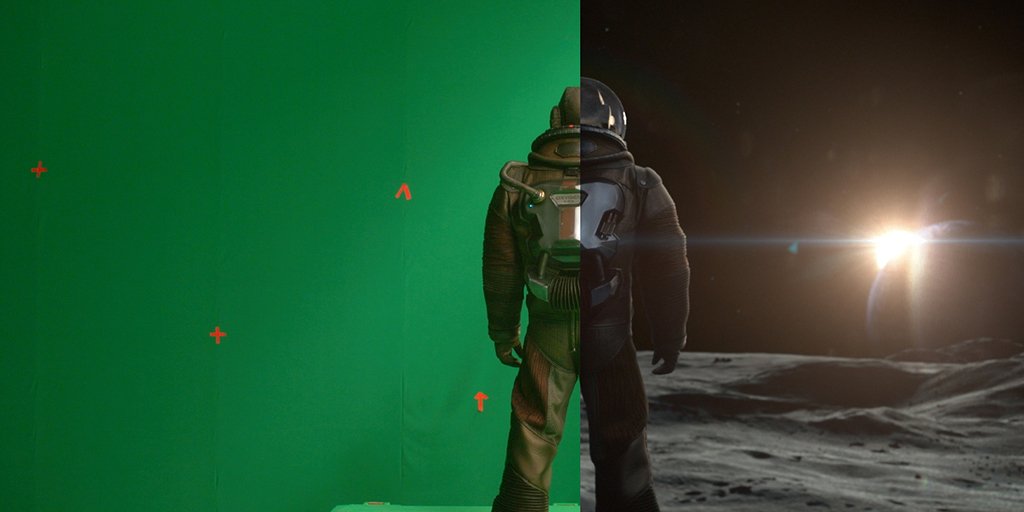Modern filmmaking requires the use of visual effects (VFX). They contribute to producing breathtaking, lifelike visuals that are not achievable with traditional filmmaking methods. With the constant development of new tools and techniques, VFX technology has advanced significantly in recent years. In this article, you’ll learn about the basics of VFX, current trends, and some tips for aspiring VFX artists.
Basics of Visual Effects
VFX is a method of improving and modifying visuals to produce the desired result. This can entail introducing things that are not present during filming, including advanced AI characters, creatures, or settings. It could also involve updating already-existing components, such as adding special effects or changing the lighting.
To create their effects, VFX artists use specialized software. Adobe After Effects, Nuke, Maya, and Cinema 4D are some of the most widely utilized software applications in the sector right now. These resources allow artists to build intricate 3D models, add lighting and textures, and render the finished photo or video.
Creating effects that smoothly integrate with the live-action video is one of the biggest challenges for VFX artists. In addition to having a keen eye for detail, this calls for a thorough understanding of lighting, perspective, and composition. Therefore, visual effects services are essential in creating immersive and engaging experiences for the audience and making the impossible possible on screen.
Current Trends in Visual Effects
The possibilities for VFX are rising quickly as technology develops. Here are a few of the industry’s current trends:
Virtual Production
Filmmakers utilizing real-time rendering to generate environments and effects on location in real-time use virtual production. This gives actors a more natural way to interact with virtual objects and situations and offers viewers a more engaging experience.
Deep Learning
Deep learning is a branch of machine learning used to study and extract knowledge from vast data. Deep learning can be used in VFX to boost the accuracy and speed of operations like object tracking, compositing, and picture recognition.
Augmented Reality (AR)
Augmented reality (AR) is the process of superimposing digital data on the physical world. This technique can be used in VFX for various purposes, such as enhancing live events and developing interactive experiences.
Virtual Reality
Virtual reality (VR) is a technology that enables people to feel as though they are genuinely in a computer-generated environment. VR in VFX can be utilized to give viewers immersive experiences, including surroundings for interactive games.
Tips for Aspiring VFX Artists
If you’re interested in pursuing a career in VFX, here are some tips to help you get started:
Study the Basics
It would be best to grasp the basics before you can produce stunning effects fully. This entails knowing how to utilize industry-standard tools and understanding lighting, composition, and perspective.
Practice
Practicing as much as possible is the only way to improve in VFX. Recreate simple effects first, then progress to more complicated projects as you gain experience. Animation services also play a crucial role in VFX by providing the foundation for creating realistic and immersive digital environments.
Join a Community
There is a ton of VFX-focused forums and communities online. A wonderful way to meet other artists, get feedback on your work, and keep up with the newest trends is to join one of these communities.
Be Patient
It takes time and patience to produce high-quality VFX. Don’t give up if your work doesn’t come out exactly as you hoped because you won’t become an expert overnight. Keep practicing, and you’ll succeed.
Conclusion
Visual effects have come a long way in recent years, and the possibilities for VFX artists are endless. As technology continues to evolve, the future of VFX looks bright, and there will surely be even more exciting developments in store for this dynamic industry. Whether you’re a fan of blockbuster movies or a budding VFX artist, there’s no denying the incredible impact visual effects have had on modern filmmaking.
